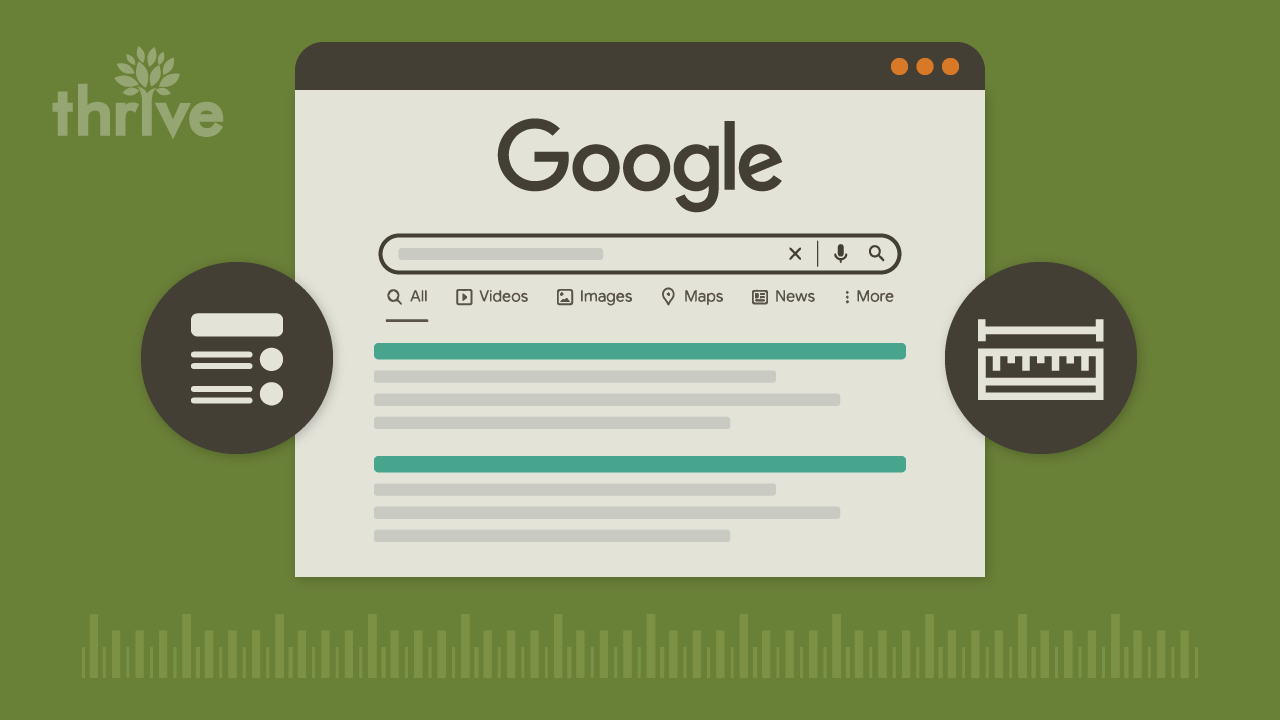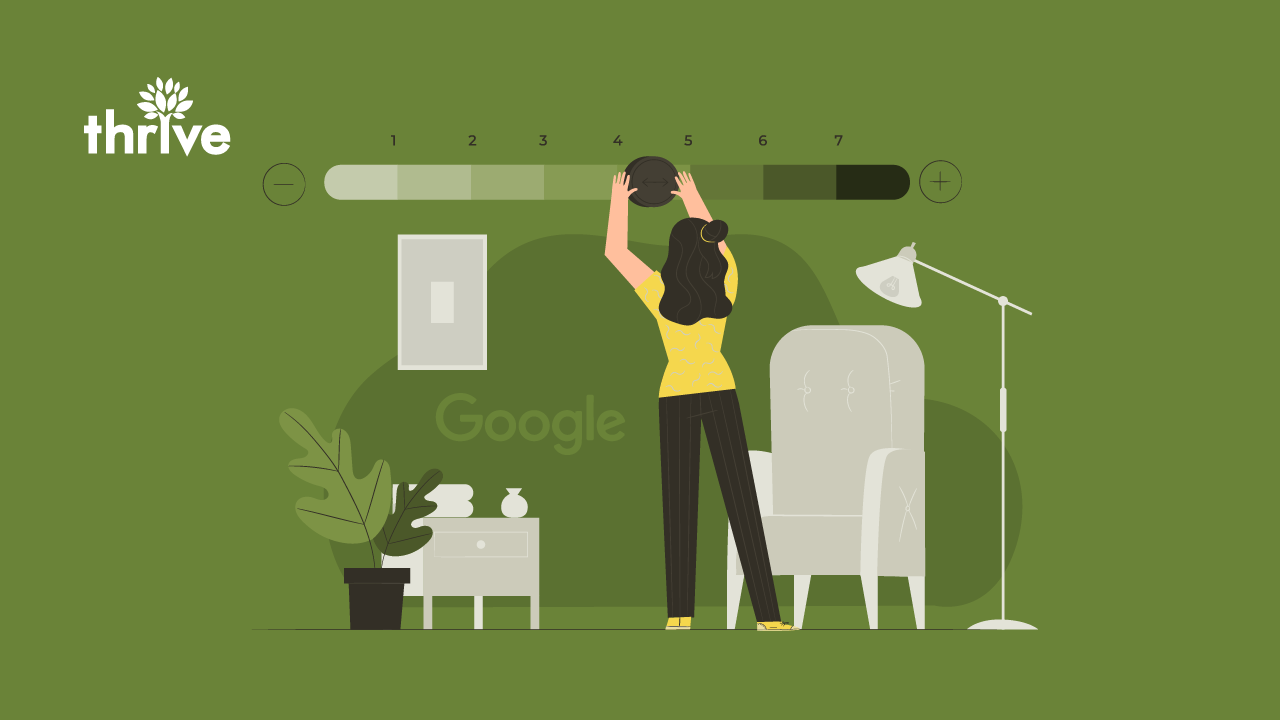When it comes to meta descriptions, there are a few misconceptions — and outdated tactics — out there. But what is a meta description, what should it look like and how can you leverage your descriptions for better rankings?
Below, we’ll dive into the current best practices as well as current standards for meta description length. We’ll also give you tips for writing meta descriptions that keep search engines and people happy.
What is a meta description?
An SEO meta description is the small “snippet” people see on search engine results pages (SERPs) below the meta title and link. This snippet, which usually shows about 155 characters, is generated by a site’s HTML code and indexed by search engines such as Google or Bing. When a certain phrase matches with the content on a site, that site will show up on SERPs, usually with the SEO meta description showing.

For your “snippet” to attract clicks and traffic, however, it needs to be optimized within search engines’ parameters. How do you do that? Make sure your meta description is the right length.
What is the ideal meta description length for Google?
Meta description length, which is generally denoted by characters rather than words, can be a somewhat fluid standard. While some SEO meta description blogs may say you can include up to 300 characters, most Google previews (such as the image above) only display about 150 characters. On mobile, that number dwindles to 120 characters. This means you have very limited space to say what you need to say to get your point across.
On top of that, Google’s recent updates now put SEO meta description length in a new measurement: pixels. Google’s new meta description length is up to 920 pixels on desktops and about 680 pixels on mobile. Those measurements equate to about 158 characters on desktop and 120 characters on mobile.
What about other search engines?
Because 90% of search volume occurs on Google, most meta description best practices are created for Google’s systems. However, for the Bing and Yahoo users out there, the standard meta description length is about 168 characters — or 980 pixels — on desktop. Across search engines, the gold standard for mobile search is about 680 pixels — or 120 characters.
If you’re thinking about just optimizing for desktop searches so you can get those extra 48 characters, remember that approximately 58% of all search originates on mobile. If you want to really connect with mobile searchers (and people searching on a variety of devices), you may want to trim down your meta description length. This can help increase your click-throughs, which in turn impacts your SEO.
How does a meta description help SEO?
If you’ve been in the SEO game for long, you’ve likely heard that meta descriptions don’t impact the Google algorithm. But really, the meta description matters, just not in the way you’d think. The Google algorithm, which is highly complex and considers a number of factors to determine rank, does not actually take keywords inside your meta description into account. This has been the case since 2009, when Google changed its algorithm to weed out “keyword stuffing.” This prevents meta descriptions that look like the example below, and instead encourages sites to provide valuable information about their listing.

Despite what you may hear, meta descriptions do still have a positive impact on your site’s SEO. How? By encouraging click-throughs. The more attractive your meta description, the more likely searchers are to click it. When that happens, Google’s algorithm takes note, connecting that search phrase and your site to future queries that match it in the future. This means your content will be a “go-to” listing when Google gets a similar search in the future, thereby moving your page up in the ranks.
Google’s algorithm has vastly improved, and it can make intelligent connections between your content and a search query. So can other search engines out there. That’s why, instead of treating a meta description like a keyword lottery, you should instead focus on attracting clicks with language that converts.
Write for your audience, not just search engines
Your meta description is like a “free” advertisement, enticing people to click on your listing. Google itself backs this up, stating: Good meta descriptions are short blurbs that describe accurately the content of the page. They are like a pitch that convinces the user that the page is exactly what they’re looking for.
The best meta descriptions are short and sweet, and tell the searcher what they need to know about your listing. Google also bolds words that match the searcher’s queries, which makes it easy for searchers to see which pages match their needs. That’s why it’s so important to follow meta description length best practices: your entire “ad” will be displayed, increasing the odds that someone will want to click through.
But how do you make sure your meta description is search engine-ready?
Check your meta description length before posting
There are a number of free tools out there that make monitoring meta descriptions easy. Depending on your site’s content management system, platforms such as WordPress allow you to add plugins such as Yoast. These make it easy to update your meta title, meta description and even your URL’s slug to match the keywords and content. If you have a different platform, such as SquareSpace or Wix, you will need to edit the HTML code on your page directly.
If you are not using a plugin such as Yoast to help you with metadata, there are a number of sites out there that offer free meta description analysis. Just a few include:
- Spotibo
- SEOMoFo
- EZ Local
- To The Web (this also includes a pixel checker)
- MetaTags.io (this includes social media snippet views)
Of course, you can use good old Microsoft Word or Google Docs to count characters as well. The key is to say as much about the page’s content in as few words as possible. You can play with keyword phrases or wording to see what resonates best with your audience. As you update your meta descriptions on existing content (and use these practices moving forward), keep track of how your pages improve in rank and click-through rates. This can help you see which pages are of the highest value, and you can use those as an example of “meta descriptions done right.”
For more information about hiring the right SEO company to help you with all of your meta description needs, contact Thrive Internet Marketing Agency today at 866-434-4748 or online.








